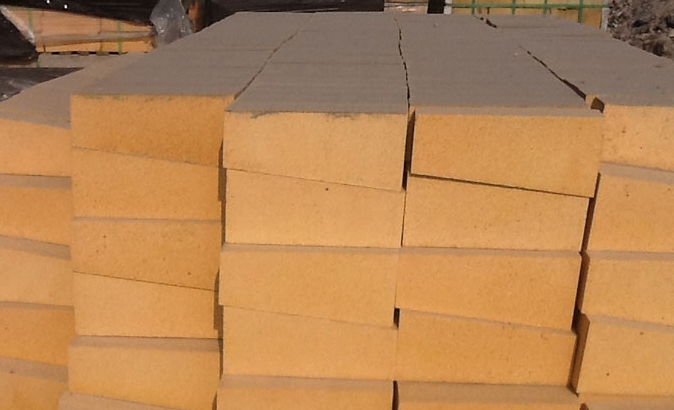- 20
- Dec
Introduction to the performance and use of magnesia alumina bricks
Introduction to the performance and use of magnesia alumina bricks
Magnesia alumina bricks are made of calcined magnesia (MgO>90%, CaO<2.2%) with low calcium content as raw materials, adding about 8% industrial alumina powder, and using sulfite pulp waste liquid as a binding agent. Products fired at high temperatures.
The mineral phase composition of magnesia alumina bricks is based on periclase as the main crystal and magnesia alumina spinel (MgO.Al2O3) as the matrix. The latter replaces the forsterite in the magnesia brick and becomes the binder of periclase.
Magnesia-aluminum bricks have the above-mentioned excellent properties, so they have been widely used as masonry materials for the roof of high-temperature smelting furnaces such as steel-making open-hearth furnaces and copper-smelting reverberatory furnaces, and have achieved the effect of extending the life of the furnace. The large open hearth can reach about 300 furnaces, and the medium and small open hearth has more than 1000 furnaces.

